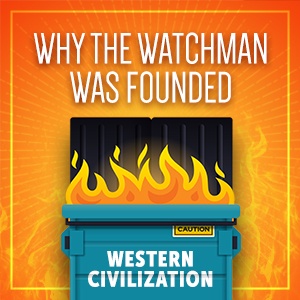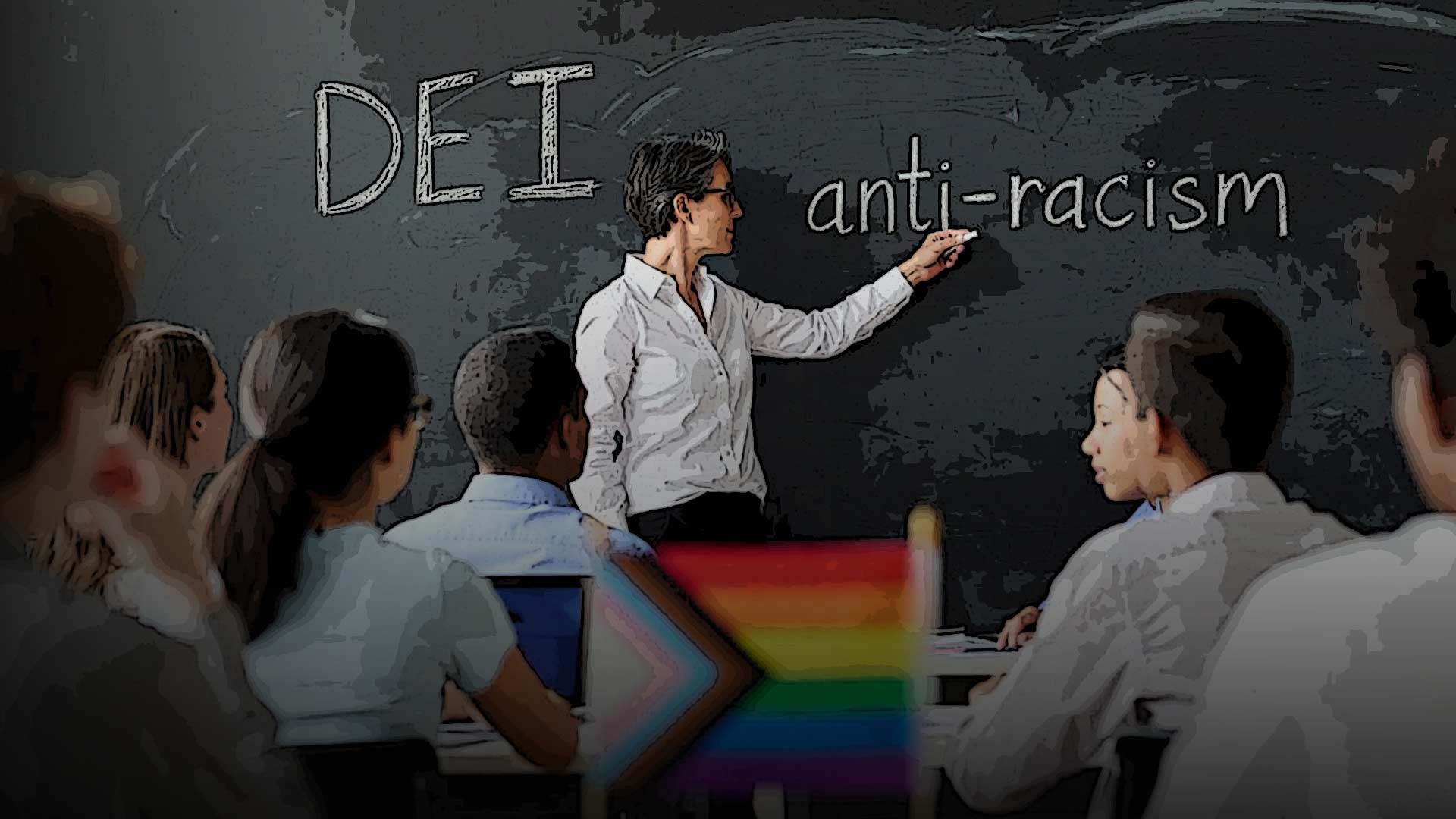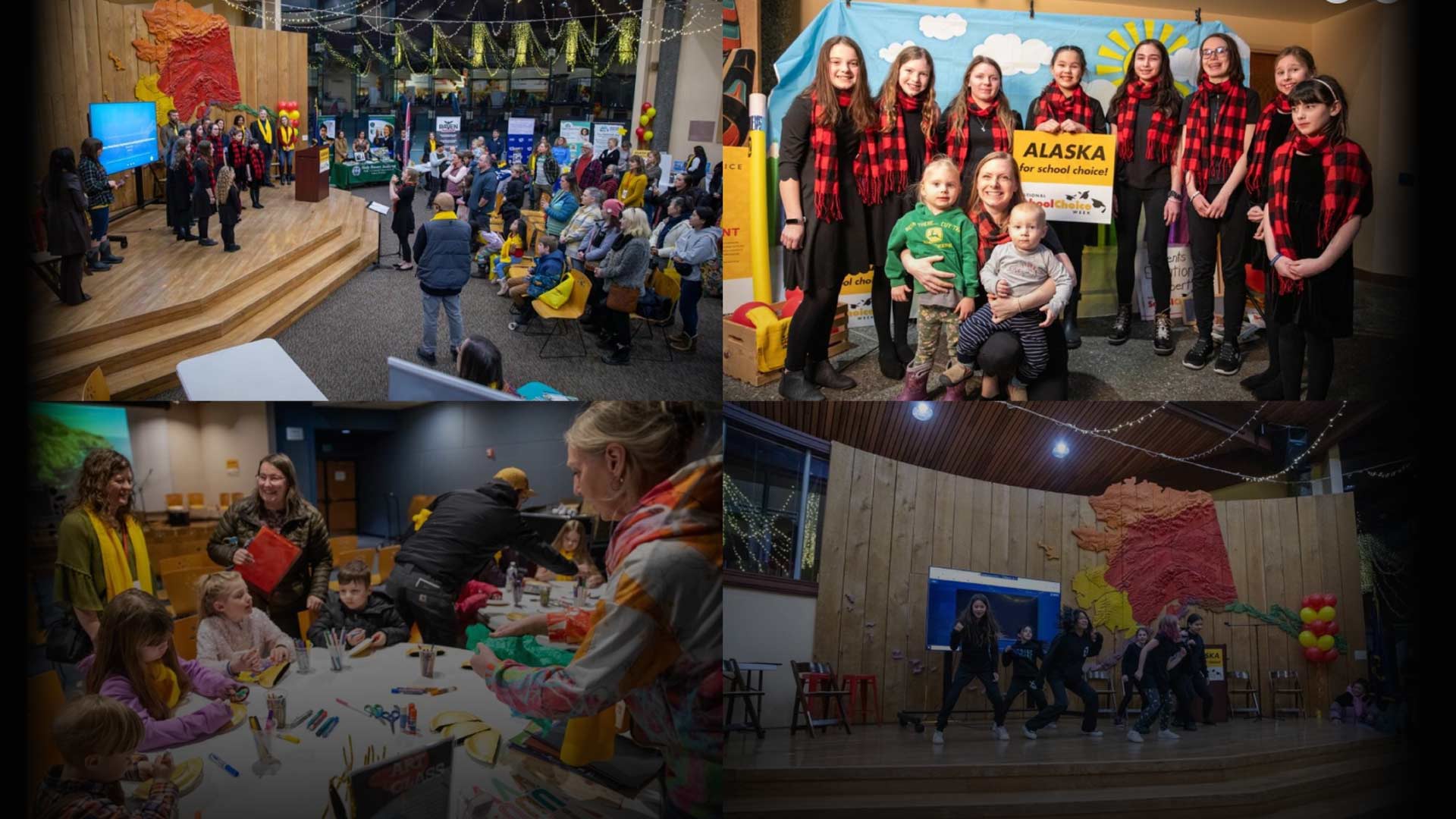
Anchorage couple Neil and Stacy Robertson are among a growing number of Alaskan families seeking to adopt a child. Unable to have biological children, they adopted their first child this spring through Catholic Social Services (CSS), which recently ceased their adoption program this summer after 53 years.
But adoption isn’t easy. It took the Robertson’s nearly three years to complete the process. Although their son is only seven months old, they know how long adoption can take and so they just began the process again through the newly opened Alaska Adoption Services (AAS).
“Overall, the adoption experience is a challenge and a blessing,” Stacy said. “We are so blessed to have our Elliot, but the process is intense, and there are many ups and downs.”
“As adoptive parents you are extremely vulnerable,” she added. “You open your whole self up. There are no stones left unturned. You have to prove you will be a good parent. You reveal your life on paper that you only talk about in private as a couple. The blessings of adoption of course, is a baby, and we were chosen by Elliot’s birth mother to be his mom and dad.”
REASONS FOR ADOPTION
There are many reasons pregnant women choose adoption for their baby, and myriad reasons couples may choose to adopt. Many people assume that most women who place their children for adoptions are teenage mothers, but this is often not the case. Ross explained that it usually comes down to the pregnancy being unplanned, regardless of the age or economic status of the mother.
“They’re not ready to parent, or they’re unable to parent, or they don’t want to parent,” Ross observed. “Our average birth mom is in her 30s, maybe already has children and knows how expensive it is, how much work it is, and is not ready to go through that again.”
The most common reason parents choose to adopt a child are that they have struggled with infertility, or they feel called to share the blessings in their life and give babies a safe home.
With Alaska Adoption Services being so new, there have been no finalized adoptions yet, though the first is in the works and nearing completion.
FILLING THE ADOPTION VOID
Earlier this year, due to shifting priorities for Alaska’s most vulnerable populations, Catholic Social Services closed its infant adoption program – the only private adoption program in the state. This left a void, which Victoria Ross aimed to fill. An adoptive mother herself, she wanted to work in the field to help Alaskan moms place their children with loving families. She ultimately reached out to the former CSS program director, Tami Jo Watson.
“We need to fill this void,” she told Watson.
With that, Watson and Ross began working to open a new adoption agency to help pregnant Alaskans in need navigate the possibility of putting their child up for adoption, and to work with families looking to adopt locally. Starting this past July Alaska Adoption Services became the state’s only licensed infant adoption agency.
OPEN ADOPTIONS
When a family decides to adopt, the process may seem daunting. At AAS, families first attend a four-hour overview workshop on adoption, which includes how adoptive families work with birth families, and the benefits of open adoptions, wherein birth families know and choose the new family for their baby. Once rare, open adoptions have now become the norm and are a requirement at AAS. How that looks, however can vary.
“It’s based on what the birth parents want,” Watson said.
This can range from no contact, to letters and photos, to regular visits. Open adoption can give birth parents peace of mind and a greater sense of security for the child, as well as access to their family medical history.
CHOOSING ADOPTIVE PARENTS
The next step is for adoptive parents to file piles of paperwork, undergo background checks and finger printing prints, and submit health forms, financial information and references. Two interviews in the family’s home examine their upbringing, relationship and parenting philosophies. Once this is done, the family enters the waiting pool and compiles a 20-page portfolio for birth mothers to look through when choosing a family for their child.
“Then we talk about stuff like what it’s going to look like at the hospital (when the baby is born).”
When a pregnant mother arrives at AAS she is not always certain about putting her child up for adoption. Many times she is weighing options. If she chooses to raise her baby, AAS will connect her to parenting resources. If she chooses an adoption plan, she will select a family from the portfolios, and a meeting between the mother and family will ensue.
“We call that ‘vision merging,’ just so they can get together and they can talk about what they want in their relationship, as far as openness, what they’re comfortable with,” Watson explained. “That way everyone’s on the same page going in, to make sure everyone has the same expectations. Then we talk about stuff like what it’s going to look like at the hospital (when the baby is born).”
After the birth, AAS does all of the necessary legal paperwork, and the adoption is finalized about six months later.
CHALLENGES ABOUND
Adoption is not without challenges. The emotional sacrifice of the birth mother can be devastating and can take time to work though in counseling. For adoptive families the biggest challenge tends to be cost.
AAS charges a flat fee of $25,000, billed in increments, which covers everything but court fees. This pays for home studies, case management and portfolio, time spent with the birth mother, post placement home visits, paperwork and operational costs.
Financial resources are available to assist adoptive parents, including grants, tax breaks, and assistance from their local community via fundraising. All services for birth mothers, however, are provided free of charge.
Despite the challenges, the rewards are immeasurable for birth mother, adoptive families and ultimately the child who is welcomed into a loving home.
“It is very humbling,” said Stacy Roberson, “that someone would choose us to be parents for their child.”







